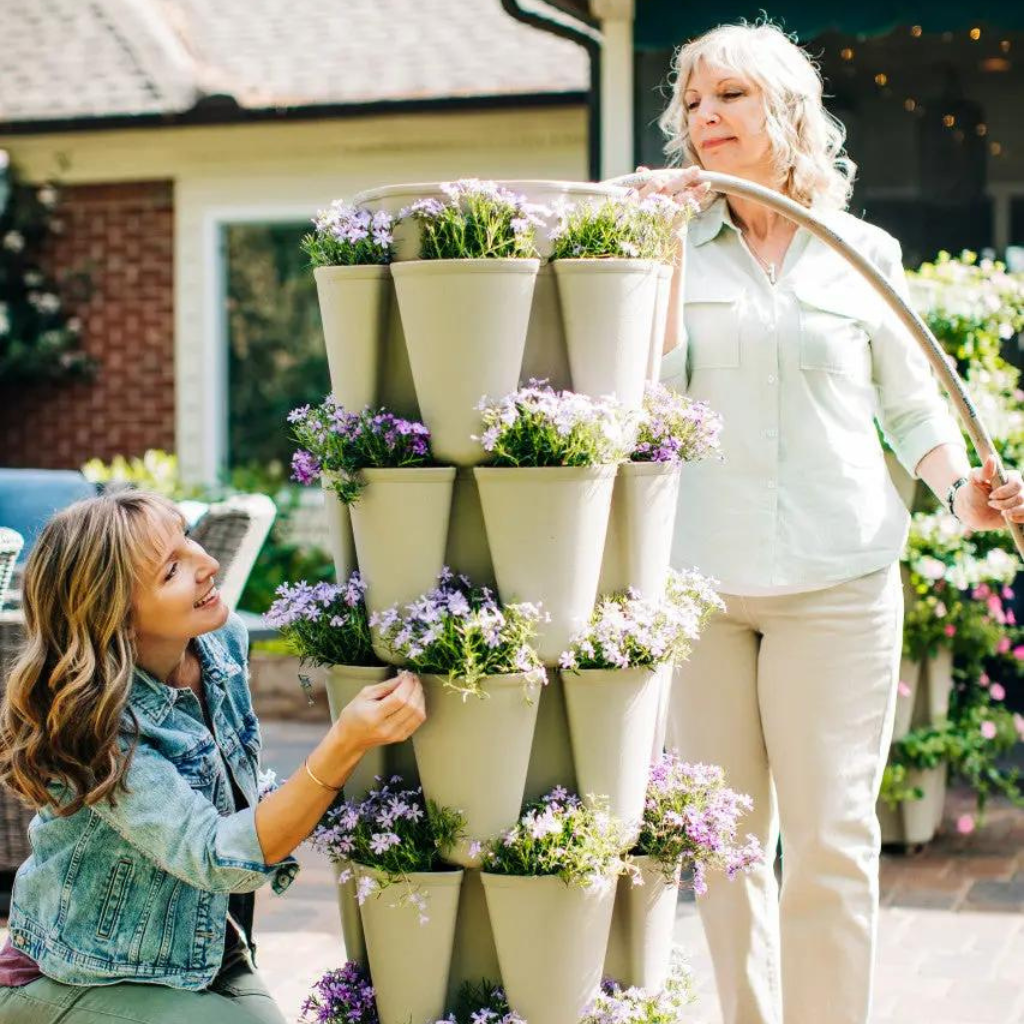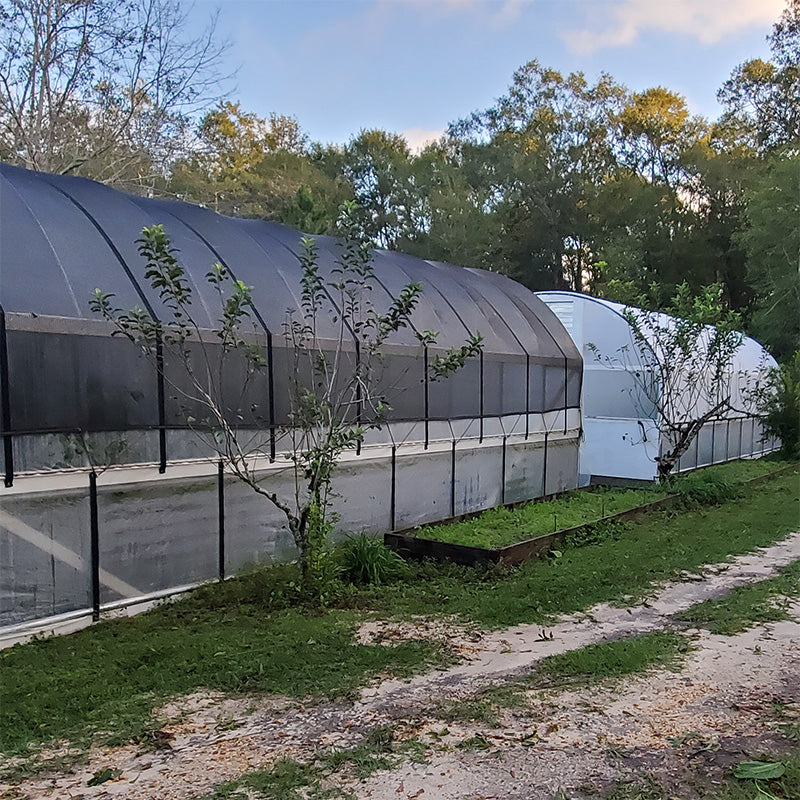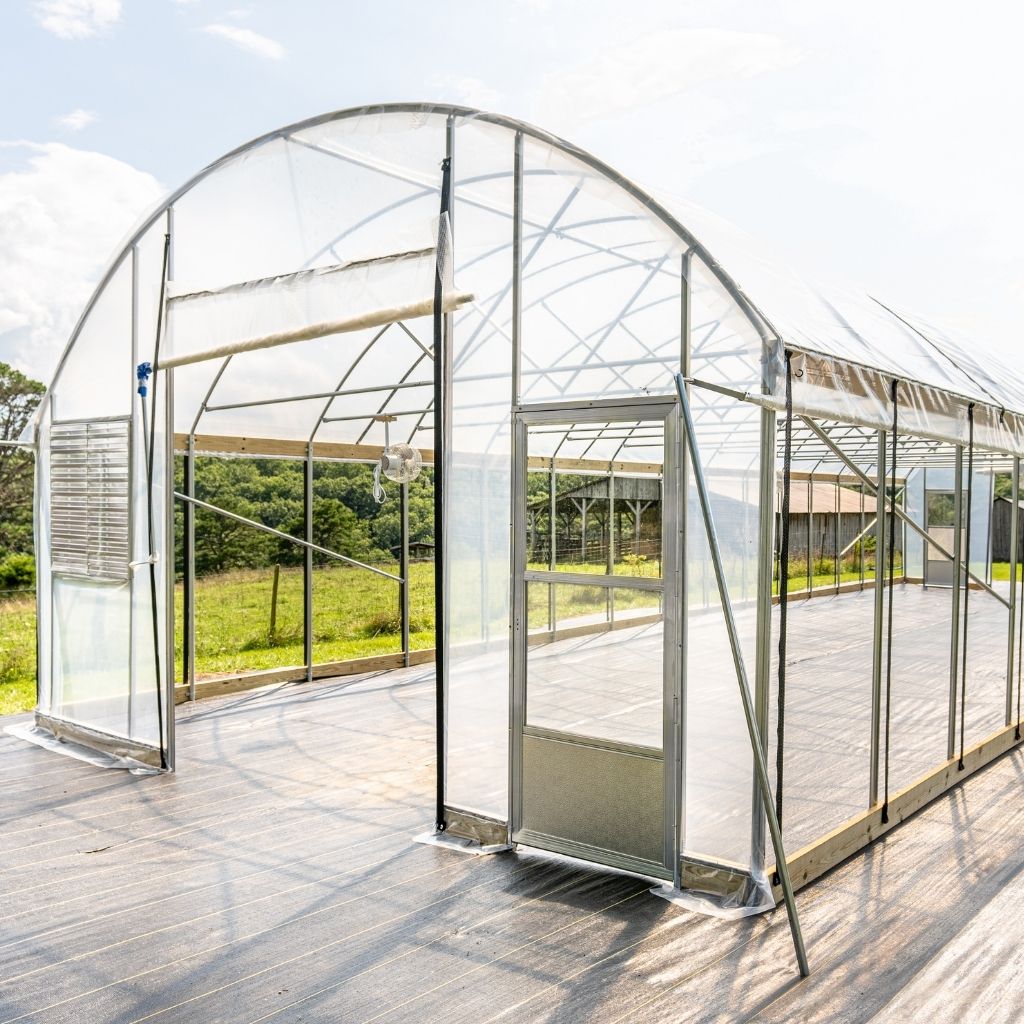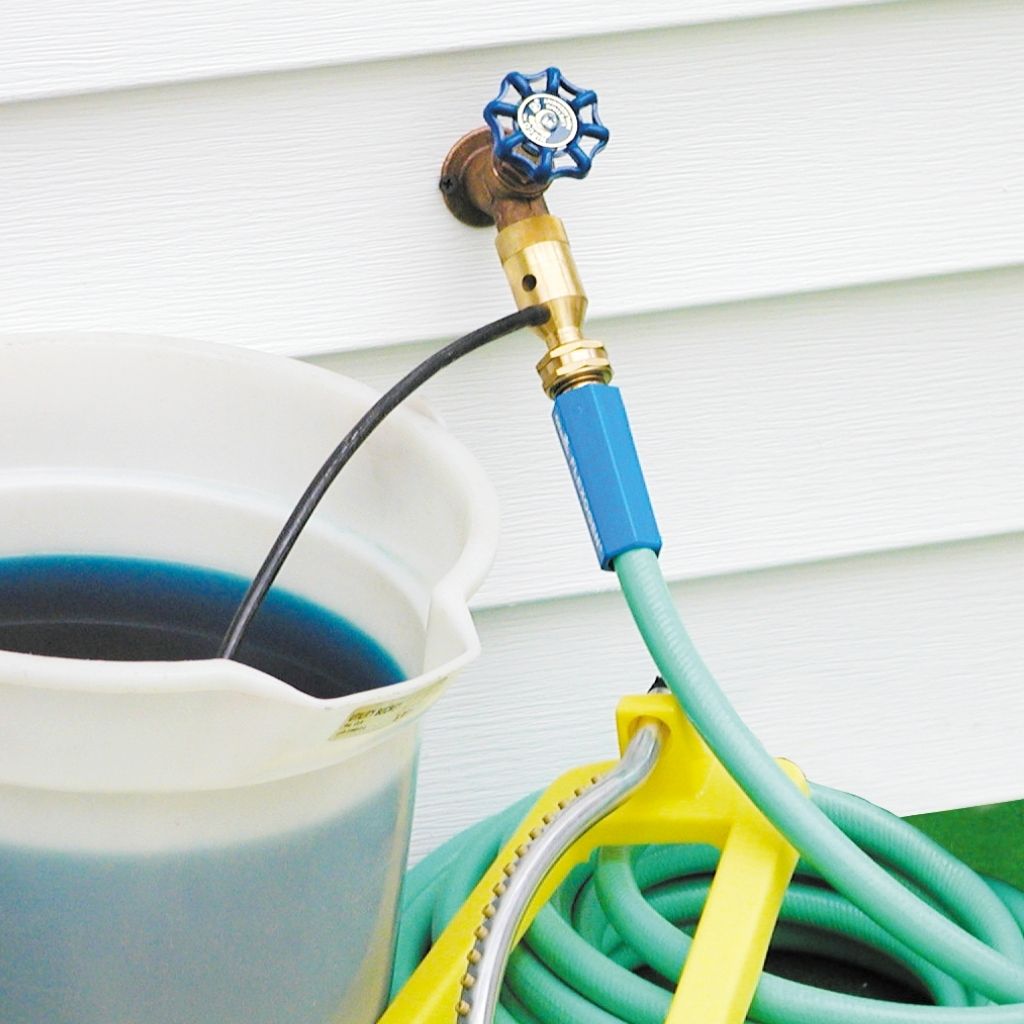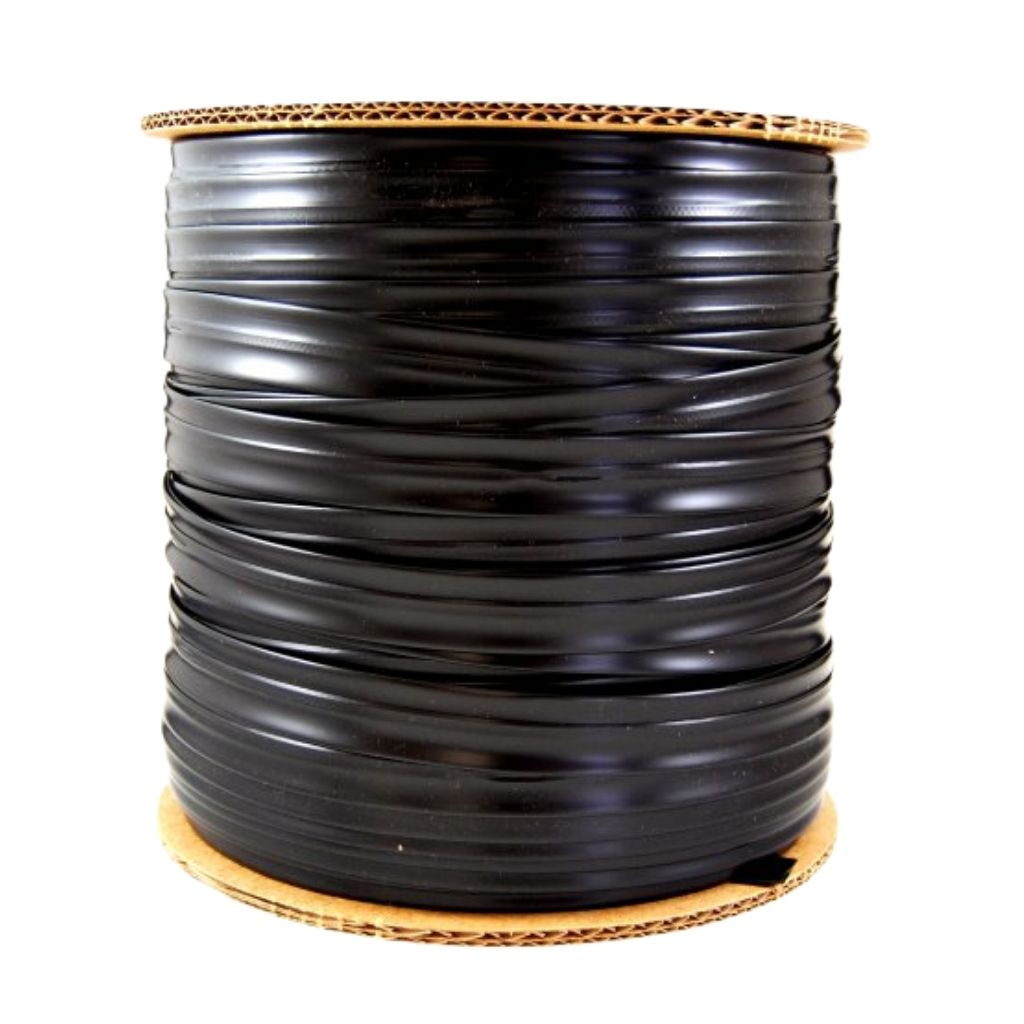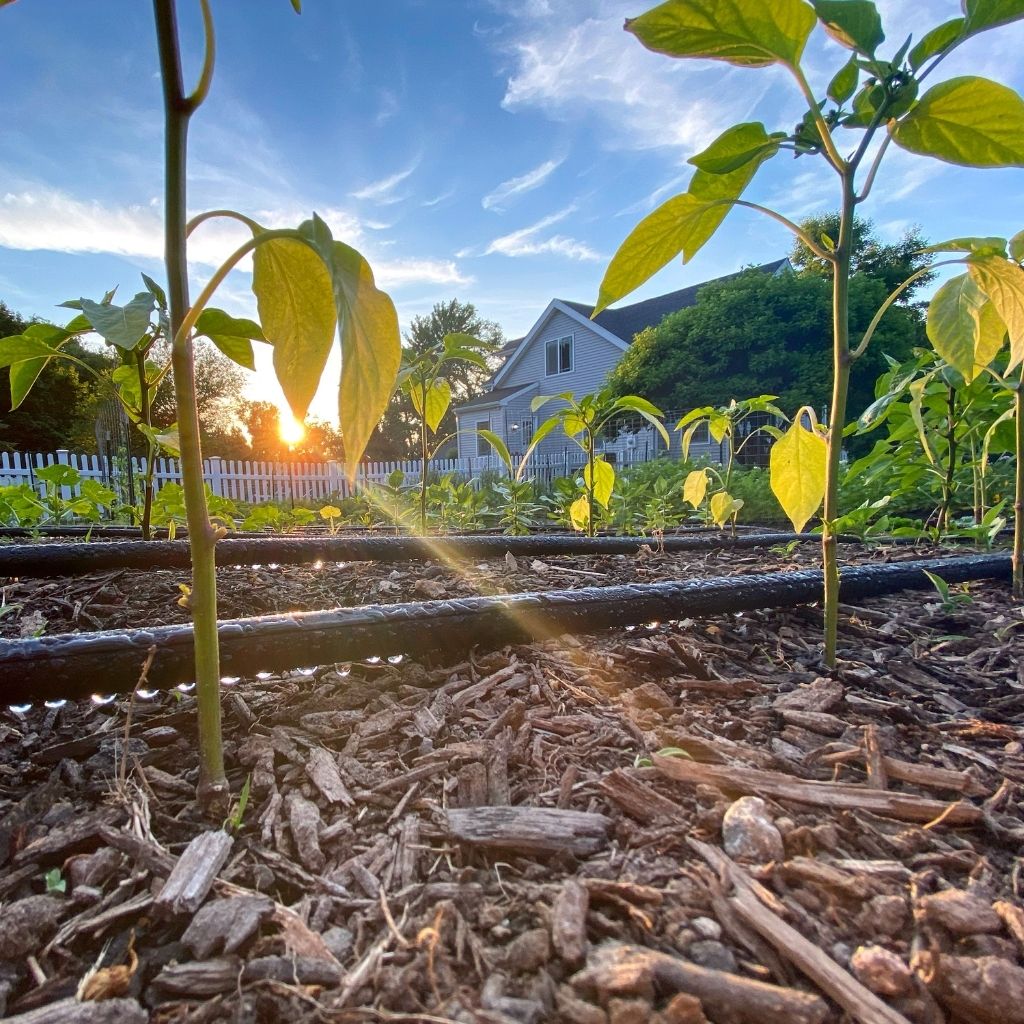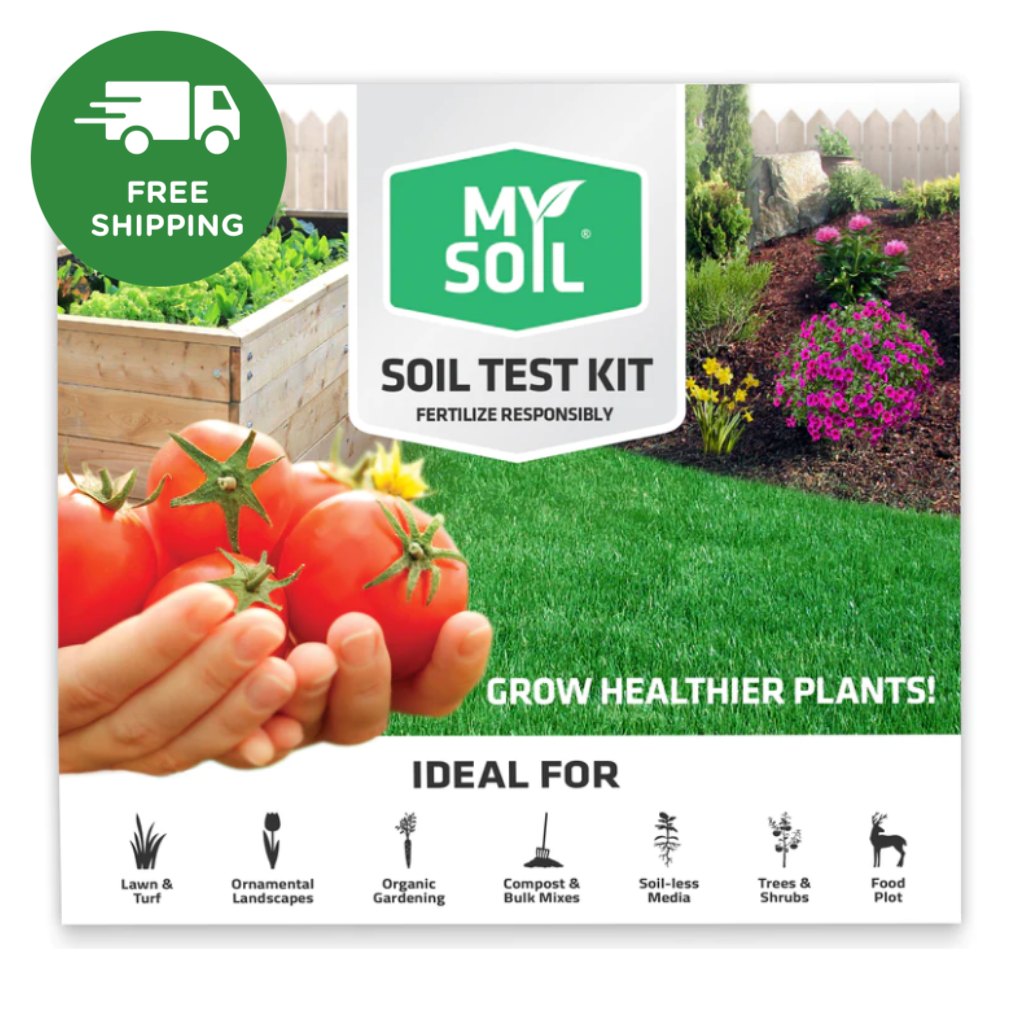Using Cover Crops In the Garden

Bare soil is like having a skinned knee and cover crops are like Band-Aids. Soil without any vegetative growth or some kind of cover is a waste to the garden.
Here are some good reasons to plant cover crops in your garden: They help prevent erosion by acting as a Velcro and holding the soil in place, the material that is turned under into the soil adds organic matter, and it also adds nutrients the plants need. With more materials being turned in, the numbers of microorganisms increase. They help control pests, diseases, and are great for weed suppression. And last but not least, they excel in attracting beneficial insects and nectar feeding birds to your garden.

Planting cover crops is an easy and relatively stress-free way to ensure your garden is getting the nutrients it needs at the same time being protected from the harsh weather to come. Here are some varieties of cover crops you can use and their break-down:
Annual Ryegrass is easily established. The best time to sow seeds is between August and September. It does not overwinter. It is relatively easy to incorporate. It is highly likely for soil structure improvements. It is an overall easy crop to manage.
Winter Rye is easily established. The best time to sow seeds is between August and October. It does overwinter. It is low ease of incorporation. It has moderate soil structure improvements. It can grow at low levels of pH and in cooler temperatures.
Sweet Clover has a relatively low establishment rate. The best time to sow seeds is during the summer. It does overwinter. It is moderately easy to incorporate and it has moderate soil structure improvements. It grows better with high pH soils than other clovers.
White Clover has a relatively low establishment rate. The best time to sow seeds is during the summer. It does overwinter. It is easy to incorporate and has moderate soil structure improvements. It is good for soils with a lower pH and it needs to be inoculated before the seeds are sown.
Buckwheat is easily established. The best time to sow seeds is in the spring. It does not overwinter. It is easy to incorporate but has low soil structure improvements. Do not allow buckwheat to grow to maturity or reseeding will occur.
Barley is easily established. The best time to sow seeds is between August and October. It does over winter. It is relatively easy to incorporate and has a high soil structure improvement. It can grow in soils with pH between 5.0 and 8.3. It will not do well in waterlogged soil.
Incorporating your organic matter can be done a couple different ways, by using a hand tiller or spading forks. The less you disturb the soil while working in your cover crop, the better off your soil will be from the beginning.
The organic matter you incorporate causes soil to clump and form soil aggregates, which improves soil structure. With better soil structure, permeability (infiltration of water through the soil) improves, in turn improving the soil’s ability to take up and hold water. (http://noble.org/ag/soils/organicmatter/)




